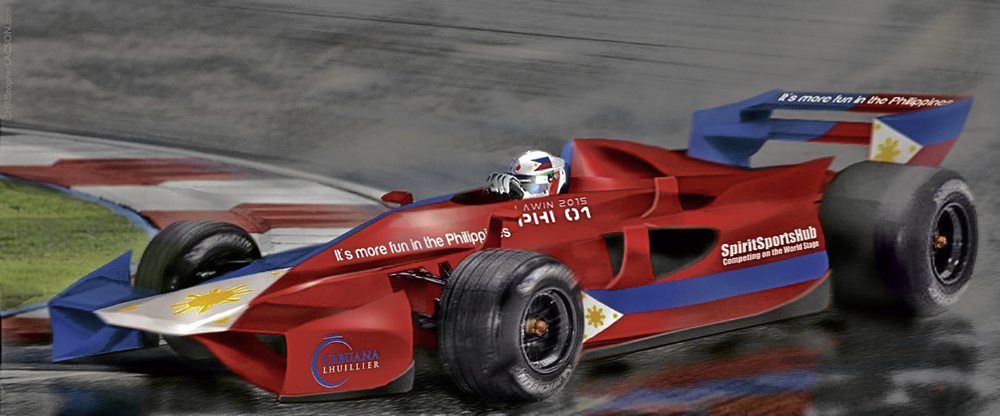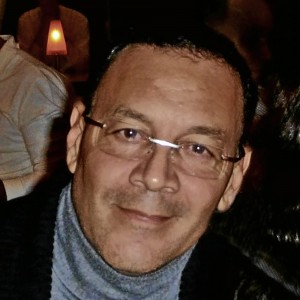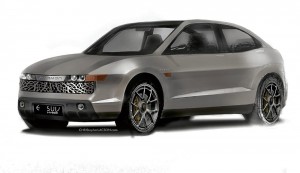Filipino power in Formula Green
The Philippines has always been associated with the iconic jeepney since its inception in World War II. The vibrantly colored vehicle, which was produced from reconfigured US army Jeeps, is still the main mode of transport for the country’s booming population of 90 million people. But if we as a nation strive to be “world class,” are we addressing our transport outlook in the same manner as our prosperous neighbors?
While Singapore has bought the McLaren company, a Malaysian airline owner took ownership of Lotus Formula One and Caterham Racing, and a joint undertaking which acquired Lamborghini by Indonesia before they sold it to Audi, we are still stuck in the prehistoric age of the Jeepney and tricycle, all because we continue to live by the day and not set our sights to the future. Is this the global mindset we want to instill to our next generation? We can’t even implement integrated bus terminals to decongest the metropolis as there are hundreds of bus licenses and no concensus. If it was working, then where are these terminals? Why is Edsa still clogged with buses, criss-crossing without any regard for traffic rules? Why do Jeepneys continue to make their own rules adding up to the congestion?
In the words of Sheldon Adelson of the famed Las Vegas Sands, it is time to “change the status quo.” This was his response to critics of his new integrated casino resort in Singapore, which has now surpassed revenue targets of his Las Vegas-and Macau-based casinos. To put it simply, there has to be change to keep up with the demands of an emerging Asia.
The biggest question is why does change need to start elsewhere for any change to influence the Philippines? We are supposed to be a nation of entrepreneurs and leaders—not followers.
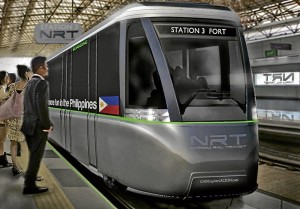
THE ELECTRIC NRT will decongest traffic in Metro Manila with smaller 4-seater cabins plying narrow roads.
Catalysts of change
In a recent gathering of movers and shakers in Monaco, Monte Carlo, hosted by one of Europe’s top private banks and the Singapore-based Dr. AB Monozca Foundation, the Philanthrocapitalist Summit saw 12 racing franchises bidded out for the world’s first electric racing circuit dubbed “Formula Green.” The circuit stood out because the formula type race cars would use a patented and powerful lithium-ion battery pack and a propulsion system which enabled these race cars to hit speeds in excess of about 274 kph and travel a range of 241 kilometers before a battery pit stop change—and that is just the first-generation car. The racing franchises were sold out with the United States, Japan, Singapore, Australia, the Middle East and the Philippines taking the first six slots.
Wait a minute. The Philippines? How?
According to Paul Monozca, a Philippine-born businessman who is chairman of the Europe-based Parmon Trust and has interests in US professional sports, a “top to bottom” approach was necessary to showcase what they were doing for the global electric vehicle (EV) market. He has appointed Christopher Lacson, a Filipino industrial designer, to design their new formula and commercial car models. This includes new-age light railway systems running on electric systems which could ply smaller roads and eTrikes for “emerging economies.” The prototypes of the racing EVs are currently being tested with a development circuit of Nascar.
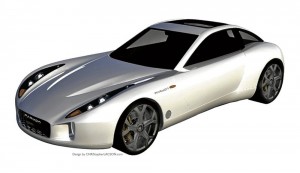
THE PARMON CLD is the fastest electric race car in the world topping speeds of about 274 kph with a range of 241 km in a single battery charge.
Not only will these innovations assist in providing a solution to oil dependence, the Philippines is also playing an active role in world change. A Filipino who is developing the next-generation race car company in the likes of McLaren and Ferrari but with electric technology, is definitely one big news.
“The possibilities for us in the alternative vehicle sector are huge. We are capable of leapfrogging over the older and outmoded technologies that have proven not to work anymore. We can create new (transport) paradigms here in the country for our use as well as export them all over the world,” Lacson said.
To help make things happen, Monozca says other like-minded companies are all-out with their support—a leading battery company, a steel company and a car components manufacturer, all Philippine companies.
Unfortunately, the cars will only be available in other markets except the Philippines because everyone else in the country is focused on making jeepneys and tricycles better instead of seeing how to provide a more modern version of transport to improve traffic in the metropolis like mini-LRTs and more streamlined bus depots. It’s vested interest versus what is good for the future.
According to Monozca, the litium-ion battery packs they are using is so powerful that it’s 30-percent cheaper per 1mega-watt (MW) of power to set up in an integrated platform used for various applications including powering townships (driving tourism in remote places), cell sites, defence, marine besides transport. The battery packs are part of the over-all business of the company which showcases their technology via the Formula Green EV circuit.
Proof of progress
In an interview with Bloomberg’s Susan Li, Deutsche bank’s chief economist for Asia, Michael Spencer, touted the Philippines as the strongest as well as the safest place for funds to be. He said “the strongest performing economy in Asia today is the Philippines,” adding that the country recorded an impressive 6.4-percent growth in the first three months, making it the best-performing economy in the region next to China.
Indeed the Philippine economy is buzzing despite the onslaught of typhoons and other natural calamities as well as political mud-slinging. All the signs that the Philippines is fast shedding its perennial “sick man of Asia” tag are evident: the construction boom that continues unabated everywhere; remittances from OFW’s that are reaching all-time highs; and investments flowing in strongly through the stock market. Cases in point are the soon-to-rise multibillion-dollar integrated casino resorts in Pasay City, the nascent Clark special economic zone and logistics hub, which is abuzz with Middle Eastern investors, and the continued development at the Bonifacio Global City—the new financial district.
Can the change of status quo be extended to Philippine transport? We need world-class ideas, government support and swift implementation to see real change happen in this generation. Most of all, we need to support our very own talent on the world stage.

